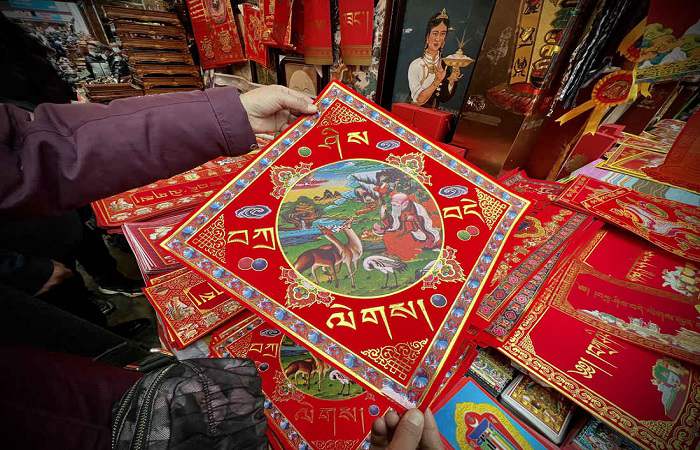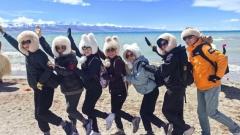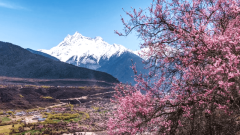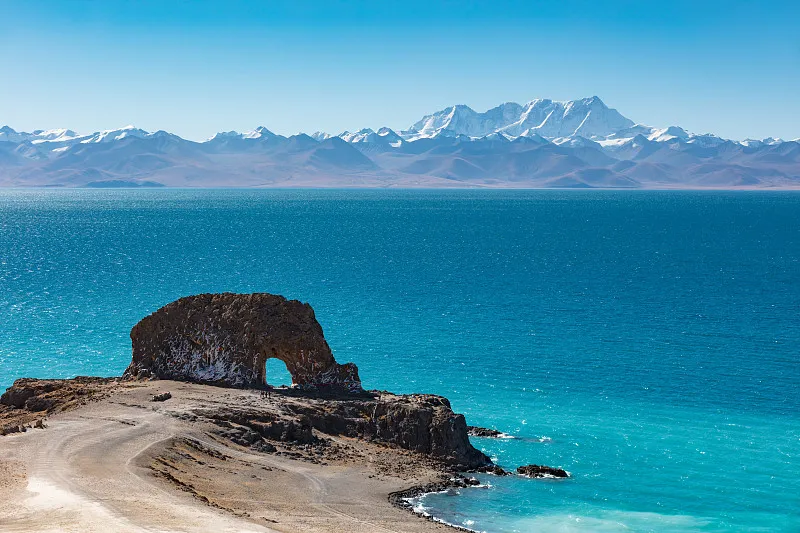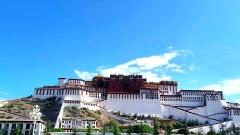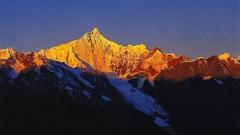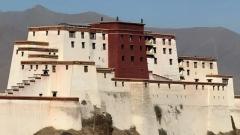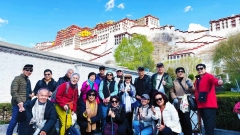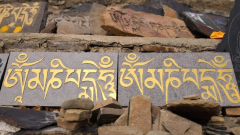Every year, Tibetans welcome Losar – the Tibetan New Year – with a vibrant display of rituals, family gatherings, and rich culinary traditions. Spanning fifteen days of festivities, Losar offers a glimpse into Tibet’s ancient heritage, deeply rooted in Bon shamanistic practices and Buddhist traditions. From symbolic butter sculptures to aromatic offerings at Jokhang Temple, Losar is not just a calendar transition but a profound expression of renewal, gratitude, and community spirit.
What Is Losar?
“Losar” literally means “new year” in Tibetan, and its origins trace back to the pre-Buddhist Bon religion. Early Tibetans would burn incense and make offerings to appease local deities and spirits, marking the end of one cycle and the beginning of another. With the advent of Buddhism in Tibet, these practices evolved: incense and butter lamp rituals took on new meanings, intertwining gratitude to the Three Jewels (Buddha, Dharma, Sangha) with age-old Bon customs. Today, Losar stands as a living testament to Tibet’s capacity to honor ancient roots while embracing spiritual renewal.
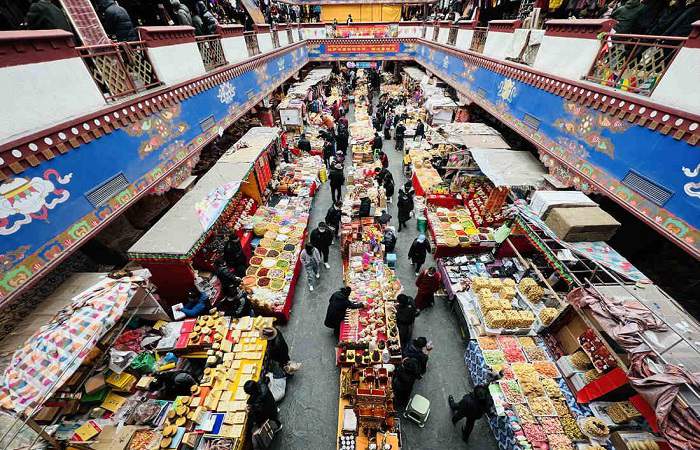
Losar Market
When Is Tibetan New Year?
Unlike the fixed date of January 1st in the Gregorian calendar, Losar follows the Tibetan lunar calendar, often landing in February or March. Key upcoming dates include:
- 2024 (Wood Dragon): February 10, 2024
- 2025 (Wood Snake): February 28, 2025
- 2026 (Fire Horse): February 18, 2026
Each year pairs one of the twelve zodiac animals—Rat, Ox, Tiger, Hare, Dragon, Snake, Horse, Sheep, Monkey, Bird, Dog, Pig—with one of five elements (Fire, Earth, Iron, Water, Wood). Elements govern two consecutive years, symbolizing cyclical harmony between humans and the natural world. Tibetans believe each element has its guardian spirits—Nagas—underscoring the sacred bond between life on the plateau and elemental forces.
Regional Variations: A Month Apart or Three
Tibet’s vast expanse gives rise to local Losar traditions:
- Shigatse (South of Lhasa): Celebrates Losar one month earlier to align with its slightly warmer climate and earlier planting season.
- Kongpo (Eastern Tibet): Observes Losar three months before Lhasa, reflecting agricultural rhythms unique to the region.
These regional shifts remind visitors that Losar is not a monolithic festival but a tapestry of localized customs shaped by geography and livelihood.
Losar Preparations: Herding in Blessings and Supplies
In the weeks leading up to Losar, Lhasa’s markets become a kaleidoscope of color and commerce. Stallholders offer:
- Sheep’s-Head Sculptures: A homonym in Tibetan for “beginning of the year,” sheep’s-head motifs adorn homes to invoke prosperity.
- Fresh Wheatgrass & Flowers: Emblems of new growth and purity placed on household altars.
- Prayer Scarves (Khatas): White silk scarves symbolizing goodwill, draped from rooftops and handed to visitors.
Meanwhile, families stock up on staples – yak meat, tsampa (roasted barley flour), butter, cheese—and purchase new traditional garments so that every member can greet the New Year in fresh attire.
Tibetans believe New Year’s blessings require a clean slate – literally. Homes are swept, scrubbed, and decorated with hand-painted window designs. This ritual purification not only readies spaces for guests but also symbolically banishes last year’s misfortunes, making room for fresh opportunities.
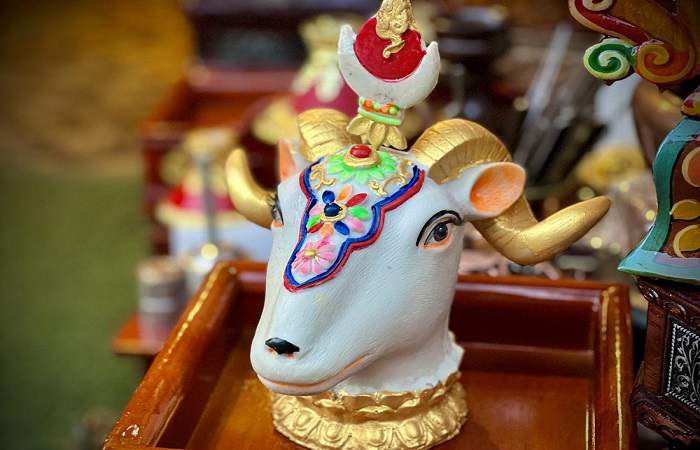
Sheep’s-Head Sculptures
Crafting Torma and Butter Sculptures
At monasteries and family altars, artisans shape Torma—intricate figures made from barley flour and butter. These sculptures serve multiple purposes:
- Offerings to Deities: Representations of abundance and reverence placed before Buddha statues and spirit-mounds.
- Artistic Expressions: Monastic workshops showcase elaborate multi-tiered Tormas, adorned with pigments and jewels.
- Impermanence Lessons: After serving their ritual purpose, Tormas are ceremoniously destroyed or fed to animals, reminding observers of life’s transient nature.
Visitors to Sera, Drepung, or Jokhang Temples during Losar will witness monks meticulously crafting these edible artworks, a sensory highlight of the festival.

Torma
New Year’s Eve (Gyalpo Losar Eve)
On the eve of Losar, families gather around steaming pots of Guthuk—a hearty noodle soup imbued with nine ingredients such as yak meat, white radish, dried cheese, onions, and hand-rolled noodles. Central to the meal are the fortune-telling dough balls, each hiding an object:
- Coal or Black Paper: Warnings to speak less harshly or too much nonsense.
- Salt: Symbolizes a calm, even-keeled personality.
- Wool: Signifies generosity and kindness.
- Coins: Forecasts prosperity.
After dinner, streets fill with laughter, as neighbors share predictions and ignite fireworks, illuminating the Lhasa night with bursts of color.
First Three Days: Core Rituals
Day 1: Welcoming the Year
- Early Morning Offerings: Families don new Tibetan attire – chubas for men, colorful brocade for women—and make an initial round of offerings at household altars.
- Pilgrimage to Jokhang & Potala: Devotees travel to Lhasa’s spiritual centers to greet lamas, receive blessings, and deposit donations.
The first day is reserved for immediate family, focusing on private prayers, ceremonial meals (including sweet rice with roots and fruits), and “chang” barley beer to toast new beginnings.
Day 2: Family & Friends
Many households open their doors to extended family and close friends. Guests receive Chemar-Bo – a wooden offering box containing tsampa mixed with butter and barley grains—symbolizing unity and good fortune. While some families remain homebound, others make social visits, solidifying communal bonds.
Day 3: Monasteries & Prayer Flags
By the third day, Tibetans embark on temple-hopping, circling Jokhang’s Barkhor circuit, and watching monks hoist new prayer flags – the five colors representing earth, water, fire, air, and space. These flags flutter atop rooftops and hilltops, carrying prayers on the wind for the welfare of all beings.
Extended Festivities: Days 4–15
Though the first three days are sacrosanct, Losar celebrations continue up to two weeks:
- Visiting Remote Regions: Locals journey to neighboring villages, sharing feasts and performing cham dances—masked rituals believed to ward off evil spirits.
- Cultural Performances: In larger towns, traditional music sessions echo through monasteries, while skillful horsemen demonstrate Tibetan polo (dbu-chang).
- Family Reunions: Up to the fifteenth day, families reassemble to feast on leftover New Year foods and exchange gifts.
Spotlight on Regional Customs
- Shigatse Losar: Early farmers celebrate with fields-first rituals—prayers for a bountiful harvest and special horse blessings ahead of sowing season.
- Eastern Kongpo Observances: Communities gather for ritual dances invoking local mountain spirits, reflecting the preeminence of animistic traditions.
These local flavors ensure that no two Losar celebrations are identical, each a vivid tapestry of community identity.
Signature Losar Cuisine
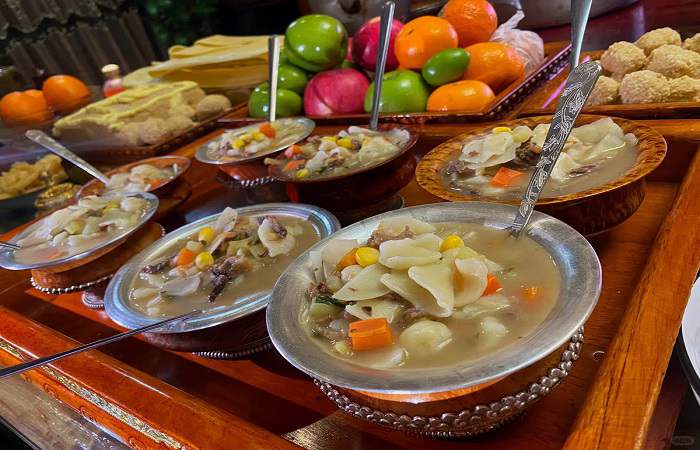
Losar Cuisine
Guthuk Soup
A spicier cousin to routine noodle dishes, Guthuk features:
- Nine Core Ingredients: Representing the nine worlds in Tibetan cosmology.
- Filled Dough Balls: Each carries a personal message of traits or omens.
Drolma Dresil
Sweet rice prepared with butter, dried fruits, and Tibetan “sweet roots” (probably dried sweet potato or local tubers). Served in small porcelain bowls, Drolma Dresil symbolizes maternal nourishment and the sweetness of life.
Fried Pastries
PAykke or “Tur” are deep-fried dough shapes—twists, loops, and ornate knots—prepared days in advance so they can be enjoyed throughout Losar.
Chang (Barley Beer)
A mild, lightly alcoholic brew made from fermented barley, Chang is ubiquitous during Losar. Often served in tall wooden mugs, it lubricates prolonged singing, dancing, and kōrā (circumambulation) rounds.
Visiting Tibet During Losar: Pros and Cons
Why You Should Go
- Authentic Cultural Immersion: Unlike peak tourism seasons, Losar is an intimate local affair. Hotels remain uncrowded, and you’ll observe genuine rituals.
- Traditional Attire: Witness the full spectrum of regional costumes—brocades, fur hats, and silver jewelry are on proud display.
- Clear Winter Skies: Crisp air and clear vistas make for exceptional photography, with Mount Everest often visible from Lhasa’s outskirts.
- Special Temple Access: Many monasteries extend visiting hours, although crowds can be intense around Jokhang and Potala.
What to Keep in Mind
- Business Closures: Nearly all family-run tea houses, eateries, and shops close for the first three days, so plan provisions accordingly.
- Limited Festivities: Losar is primarily a family-centered festival. You won’t find large public parades or street fairs.
- Weather Constraints: While Lhasa is comfortably chilly, higher-altitude destinations like Mount Kailash or Everest Base Camp remain inaccessible due to heavy snowfall.
Plan Your Tibet Losar Journey with China Dragon Travel
Losar is more than a holiday – it is a living chronicle of Tibet’s rich spiritual heritage, agricultural rhythms, and community bonds. From the first dough ball of Guthuk to the fluttering prayer flags above Jokhang, each moment captures the essence of renewal and hope. Whether you’re drawn by the artistry of butter sculptures, the warmth of family feasts, or the timeless chants echoing through monastery halls, Losar offers a profoundly immersive experience that lingers long after the fireworks fade.
Embrace the magic of Tibetan New Year with tailored itineraries from China Dragon Travel. Our expert guides will ensure you witness the most authentic rituals – private visits to Jokhang Temple at dawn, exclusive monastery tours, and warm homestays in local Tibetan villages. Whether you seek the art of Torma crafting or wish to taste homemade Guthuk alongside friendly Tibetan hosts, our Losar packages promise an unforgettable fusion of culture, comfort, and adventure. Contact us today to reserve your spot for a once-in-a-lifetime celebration in Tibet.



